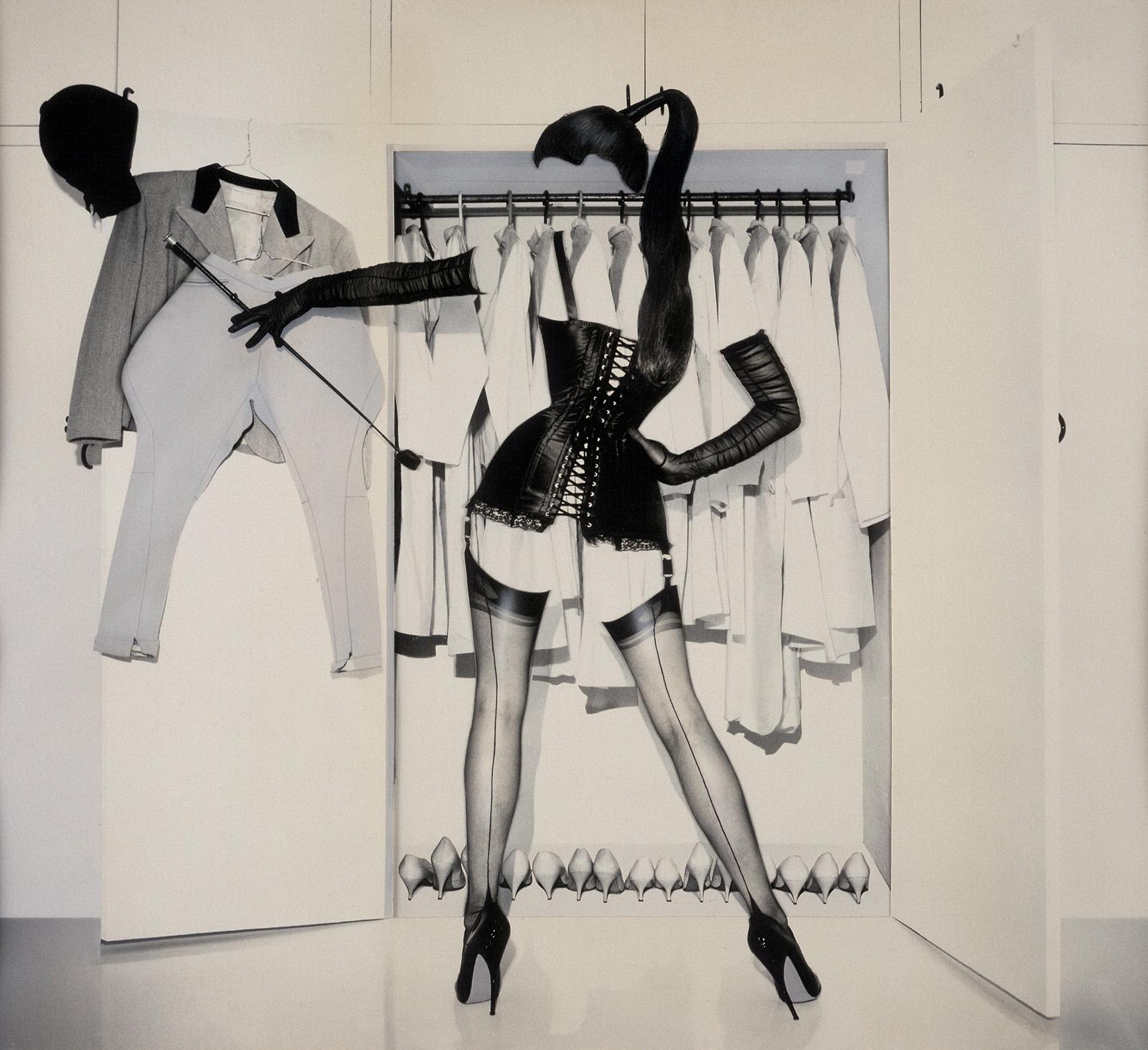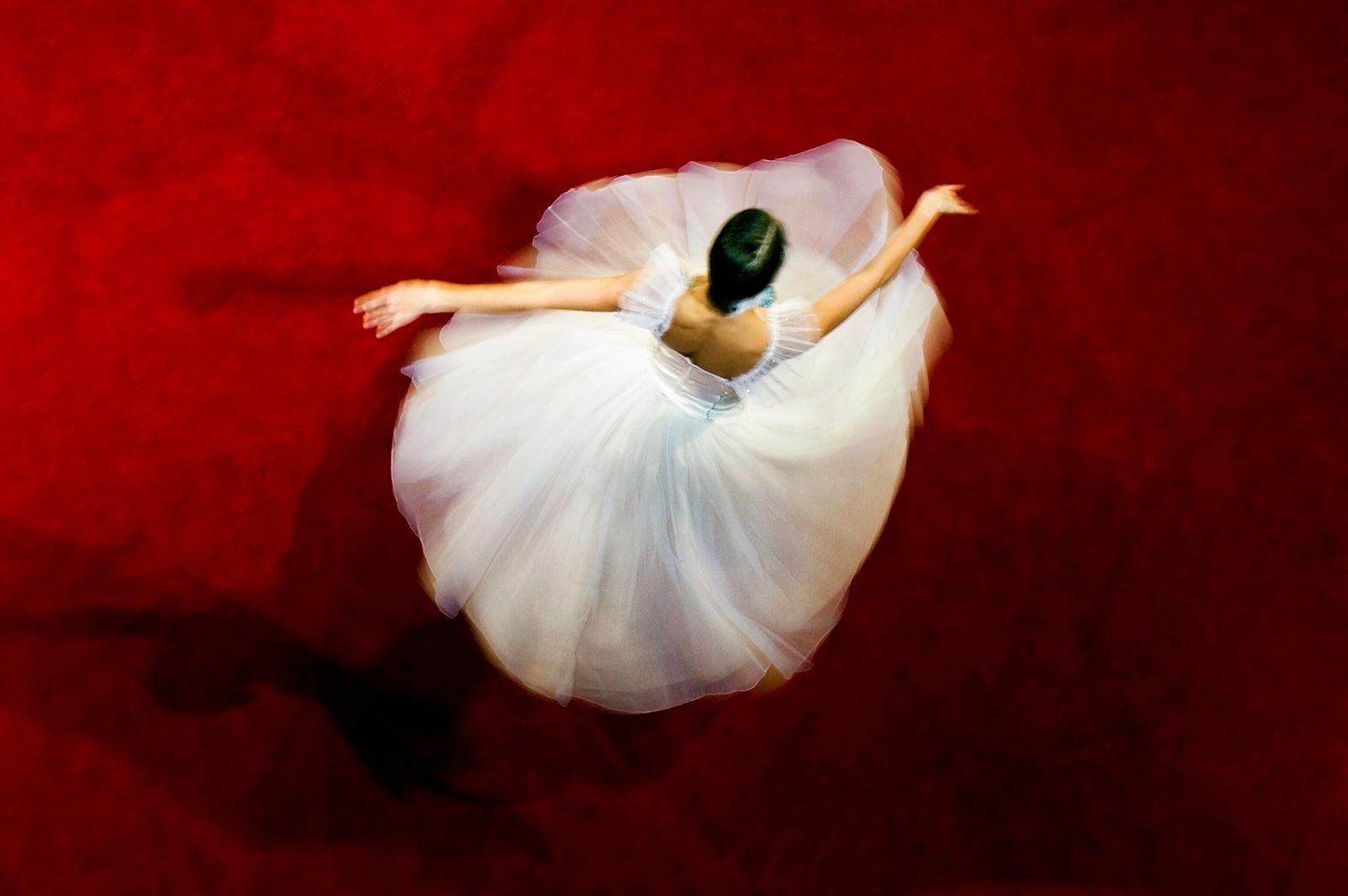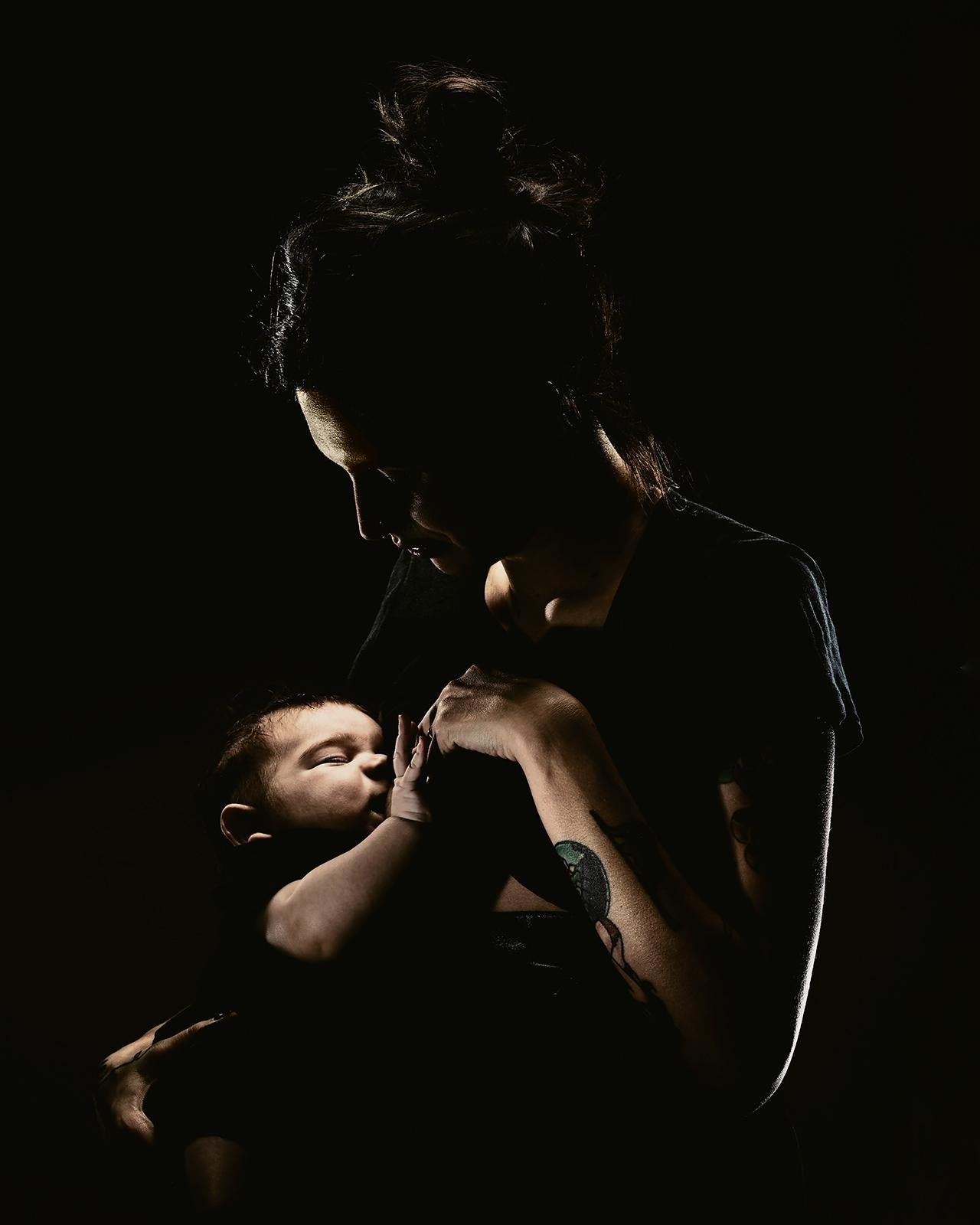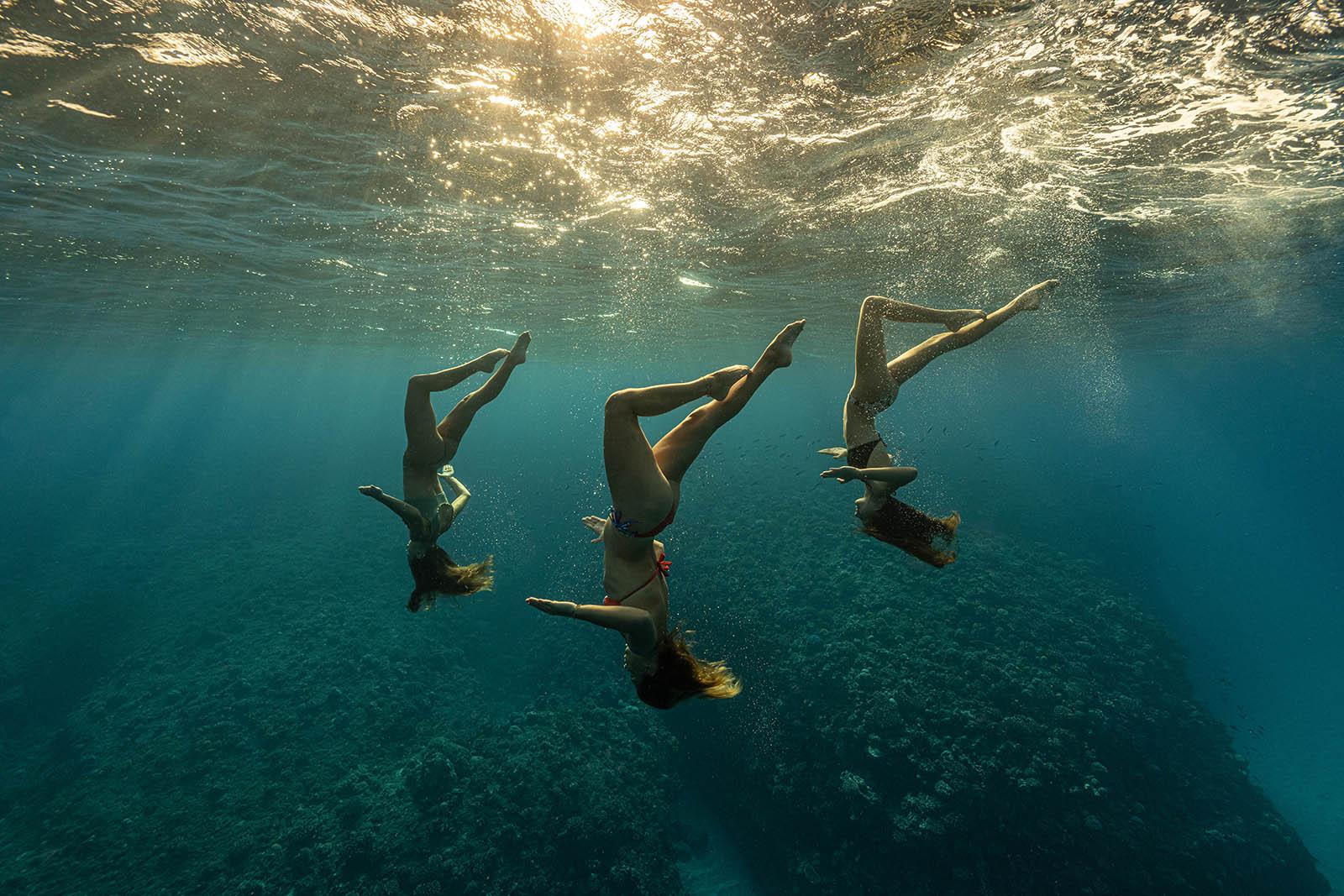Items Similar to HUICHOL: MOUNTAIN, DESERT, NEW YORK (`95-`21). Limited edition of 5.
Want more images or videos?
Request additional images or videos from the seller
1 of 18
PABLO ORTIZ-MONASTERIOHUICHOL: MOUNTAIN, DESERT, NEW YORK (`95-`21). Limited edition of 5.1995-2021
1995-2021
About the Item
Documentary Photograph. Contemporary Inkjet on cotton. Limited edition of 5. Signed front and verso. Framed in lacquered black frame with spacer)
The first person to photograph the Huichol in their remote communities in the inaccessible canyons of the Western Sierra Madre was probably the Norwegian anthropologist, Carl Lumholtz. He ventured into their territory in 1895, shortly before the arrival of the French naturalist and ethnographer Léon Diguet, who was also a photographer. Like so many who were engaged with documenting Indigenous peoples across the Americas in those brutal years of expansion and settlement, Lumholtz believed that the disappearance of his subjects was inevitable: “the weaker must succumb to the stronger, and the Indians will ultimately all become Mexicans.”
The photographs of the Huichol by Pablo Ortiz Monasterio—taken on some twenty trips over the past three decades—prove that Lumholtz was fortunately, terribly wrong. They reveal abundant evidence of cultural survival (what the Huichol call “la costumbre”), made possible by their extraordinary resistance to the religious, nationalist, and economic forces that have long assaulted—and that continue to assault—Indigenous communities everywhere. Though Ortiz Monasterio is also an outsider, he does not operate—like Lumholtz or Diguet—as an old-fashioned preservationist, nor is he confident in the superiority of Western culture, nor is his work only destined for museum vitrines or archives. Rather, these complex images are the result of long and patient attempts at negotiation and collaboration, of working with the Huichol, amongst them, and ultimately making pictures as much for them as for audiences far from the Sierra Madre.
In 1996, Fernando Ortiz Monasterio, an ecologist and engineer, was invited to design a bridge to allow the Huichol to safely cross a deep riverbed that became an impassable and dangerous torrent during the summer rains. An image by his brother Pablo records the bloody sacred sacrifice that celebrated its completion, just as he later documented a Huichol pilgrimage to another suspension bridge, in distant Brooklyn. Perhaps the only ethical position of the contemporary photographer engaged with Indigenous subjects is to work as a bridge or conduit, as a sanctioned recorder of sacrifices, pilgrimages, and other ceremonies—some more secret than others. These remain in the hands of the Huichol, and none of us will ever truly comprehend their spiritual meanings.
PHD James Oles, Art Historian (Wellesley, Thames & Hudson)
- Creator:PABLO ORTIZ-MONASTERIO (1952, Mexican)
- Creation Year:1995-2021
- Dimensions:Height: 23 in (58.42 cm)Width: 18 in (45.72 cm)Depth: 4 in (10.16 cm)
- Medium:
- Movement & Style:
- Period:
- Framing:Frame IncludedFraming Options Available
- Condition:
- Gallery Location:Ciudad De México, MX
- Reference Number:1stDibs: LU184229872512
About the Seller
No Reviews Yet
Vetted Seller
These experienced sellers undergo a comprehensive evaluation by our team of in-house experts.
1stDibs seller since 2022
- ShippingRetrieving quote...Ships From: Ciudad De México, Mexico
- Return PolicyThis item cannot be returned.
More From This SellerView All
- HUICHOL: MOUNTAIN, DESERT, NEW YORK (`95-`21). Limited edition of 5.By PABLO ORTIZ-MONASTERIOLocated in Ciudad De México, MXDocumentary Photograph. Contemporary Inkjet on cotton. Limited edition of 5. Signed front and verso. Framed in lacquered black frame with spacer) The first person to photograph the Huichol in their remote communities in the inaccessible canyons of the Western Sierra Madre was probably the Norwegian anthropologist, Carl Lumholtz. He ventured into their territory in 1895, shortly before the arrival of the French naturalist and ethnographer Léon Diguet, who was also a photographer. Like so many who were engaged with documenting Indigenous peoples across the Americas in those brutal years of expansion and settlement, Lumholtz believed that the disappearance of his subjects was inevitable: “the weaker must succumb to the stronger, and the Indians will ultimately all become Mexicans.” The photographs of the Huichol by Pablo Ortiz Monasterio—taken on some twenty trips over the past three decades—prove that Lumholtz was fortunately, terribly wrong. They reveal abundant evidence of cultural survival (what the Huichol call “la costumbre”), made possible by their extraordinary resistance to the religious, nationalist, and economic forces that have long assaulted—and that continue to assault—Indigenous communities everywhere. Though Ortiz Monasterio is also an outsider, he does not operate—like Lumholtz or Diguet—as an old-fashioned preservationist, nor is he confident in the superiority of Western culture, nor is his work only destined for museum vitrines...Category
1990s Contemporary Color Photography
MaterialsArchival Pigment, Inkjet
- Once Upon a Time: Piel de Asno.Located in Ciudad De México, MXFernando Bayona, Once Upon a Time: "Piel de Asno". Fine Art Inkjet Print Sizes: S: 25.6 x 20.8 in. / Ed. 3 M: 41.7 x 33 in. / Ed. 3 L: 53.1 x 41.7 in. / Ed. 2 + 1A.P "The narrat...Category
21st Century and Contemporary Contemporary Color Photography
MaterialsArchival Pigment, Inkjet
- HUICHOL: MOUNTAIN, DESERT, NEW YORK (`95-`21). Limited edition of 5.By PABLO ORTIZ-MONASTERIOLocated in Ciudad De México, MXDocumentary Photograph. Contemporary Inkjet on cotton. Limited edition of 5. Signed front and verso. Framed in lacquered black frame with spacer) The first person to photograph the Huichol in their remote communities in the inaccessible canyons of the Western Sierra Madre was probably the Norwegian anthropologist, Carl Lumholtz. He ventured into their territory in 1895, shortly before the arrival of the French naturalist and ethnographer Léon Diguet, who was also a photographer. Like so many who were engaged with documenting Indigenous peoples across the Americas in those brutal years of expansion and settlement, Lumholtz believed that the disappearance of his subjects was inevitable: “the weaker must succumb to the stronger, and the Indians will ultimately all become Mexicans.” The photographs of the Huichol by Pablo Ortiz Monasterio—taken on some twenty trips over the past three decades—prove that Lumholtz was fortunately, terribly wrong. They reveal abundant evidence of cultural survival (what the Huichol call “la costumbre”), made possible by their extraordinary resistance to the religious, nationalist, and economic forces that have long assaulted—and that continue to assault—Indigenous communities everywhere. Though Ortiz Monasterio is also an outsider, he does not operate—like Lumholtz or Diguet—as an old-fashioned preservationist, nor is he confident in the superiority of Western culture, nor is his work only destined for museum vitrines...Category
1990s Contemporary Color Photography
MaterialsArchival Pigment, Inkjet
- HUICHOL: MOUNTAIN, DESERT, NEW YORK (`95-`21)By PABLO ORTIZ-MONASTERIOLocated in Ciudad De México, MXThe first person to photograph the Huichol in their remote communities in the inaccessible canyons of the Western Sierra Madre was probably the Norwegian anthropologist, Carl Lumholtz. He ventured into their territory in 1895, shortly before the arrival of the French naturalist and ethnographer Léon Diguet, who was also a photographer. Like so many who were engaged with documenting Indigenous peoples across the Americas in those brutal years of expansion and settlement, Lumholtz believed that the disappearance of his subjects was inevitable: “the weaker must succumb to the stronger, and the Indians will ultimately all become Mexicans.” The photographs of the Huichol by Pablo Ortiz Monasterio—taken on some twenty trips over the past three decades—prove that Lumholtz was fortunately, terribly wrong. They reveal abundant evidence of cultural survival (what the Huichol call “la costumbre”), made possible by their extraordinary resistance to the religious, nationalist, and economic forces that have long assaulted—and that continue to assault—Indigenous communities everywhere. Though Ortiz Monasterio is also an outsider, he does not operate—like Lumholtz or Diguet—as an old-fashioned preservationist, nor is he confident in the superiority of Western culture, nor is his work only destined for museum vitrines...Category
1990s Contemporary Color Photography
MaterialsArchival Pigment, Inkjet
- The Life of the Other: "The Client"Located in Ciudad De México, MXFernando Bayona, The Life of the Other: "The Client" Fine Art Inkjet Print Sizes: S: 25.6 x 20.8 in. / Ed. 3 M: 41.7 x 33 in. / Ed. 3 L: 53.1 x 41.7 in. / Ed. 2 + 1A.P In The Life of the Other Fernando Bayona mixes staged and documentary photography techniques to create a collective portrait of images in which the sleaze of violence, pain, madness, jealousy and sexual desire are intertwined with the vulnerability of love, tenderness, passion or beauty. The appearances that arise from this series focus on the ability to generate intrinsic, albeit partial, narratives that come from real stories and interviews with sex workers...Category
21st Century and Contemporary Contemporary Figurative Photography
MaterialsInkjet
- The Life of the Other: "The News"Located in Ciudad De México, MXFernando Bayona, The Life of the Others: "The News" Fine Art Inkjet Print Sizes: S: 25.6 x 20.8 in. / Ed. 3 M: 41.7 x 33 in. / Ed. 3 L: 53.1 x 41.7 in. / Ed. 2 + 1A.P In The Life of the Other Fernando Bayona mixes staged and documentary photography techniques to create a collective portrait of images in which the sleaze of violence, pain, madness, jealousy and sexual desire are intertwined with the vulnerability of love, tenderness, passion or beauty. The appearances that arise from this series focus on the ability to generate intrinsic, albeit partial, narratives that come from real stories and interviews with sex workers...Category
21st Century and Contemporary Contemporary Color Photography
MaterialsInkjet
You May Also Like
- Swim - Signed limited edition contemporary print, Color pool, Sensual modelBy Ian SandersonLocated in Barcelona, BarcelonaSwim - Signed limited edition archival pigment print, Edition of 5 This is an Archival Pigment print on fiber based paper ( Hahnemühle Photo Rag® Baryta 315 gsm , Acid-free and lign...Category
Early 2000s Contemporary Figurative Photography
MaterialsGiclée, Pigment, Archival Pigment, Archival Paper, Color
- Godley & creme- Signed limited edition still life fine art print, Sexy ModelBy Geoff HalpinLocated in Barcelona, BarcelonaGodley & creme - Signed limited edition archival pigment print - Edition of 5 London, 1983 Tinted Black & White Art print This is an Archival Pigment print on fiber based paper...Category
1980s Contemporary Color Photography
MaterialsPigment, Archival Pigment, Archival Paper, Color, Giclée
- Dancer- Signed limited edition still life print, Red, Dance, ContemporaryBy Ian SandersonLocated in Barcelona, BarcelonaDancer - Signed limited edition archival pigment print, Edition of 5 Photographed in Vienna during a Strauss concert. This is an Archival Pigment print on fiber based paper ( Hahne...Category
Early 2000s Contemporary Figurative Photography
MaterialsArchival Paper, Archival Pigment, Color, Giclée, Pigment
- Godley & creme- Signed limited edition still life fine art print, Sexy ModelBy Geoff HalpinLocated in Barcelona, BarcelonaGodley & creme - Signed limited edition archival pigment print - Edition of 5 London, 1983 Tinted Black & White Art print This is an Archival Pigment print on fiber based paper...Category
1980s Contemporary Color Photography
MaterialsArchival Paper, Color, Giclée, Pigment, Archival Pigment
- Madonna and Child -Signed limited edition still life fine art print, FamilyBy Peter RidgeLocated in Barcelona, BarcelonaMadonna and Child - Signed limited edition archival pigment print, Edition of 5 This is an Archival Pigment print on fiber based paper ( Hahnemühle Photo Rag® Baryta 315 gsm , Ac...Category
2010s Contemporary Color Photography
MaterialsArchival Paper, Color, Giclée, Pigment, Archival Pigment
- Synchronised swimming in the Blue - Fine art print, Color underwater photographyLocated in Barcelona, BarcelonaSynchronised swimming in the Blue - Signed limited edition archival pigment print, 2021 - Edition of 5 Indian Ocean 2021 This is an Archival Pigment print on fiber based paper ( ...Category
2010s Contemporary Color Photography
MaterialsPhotographic Paper, Color, Giclée, Pigment, Archival Pigment





